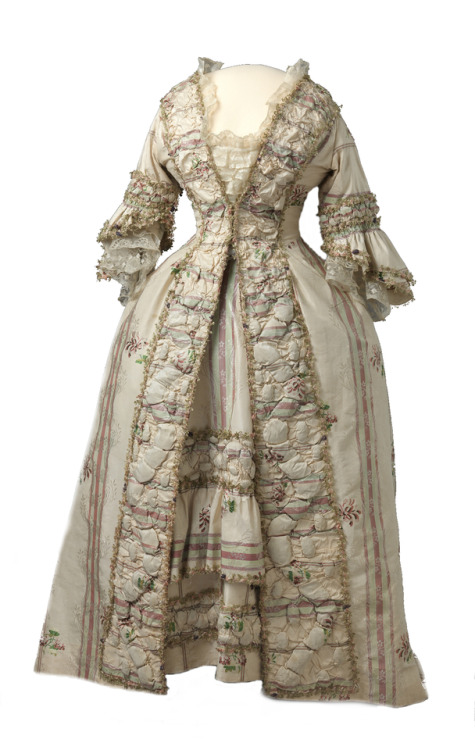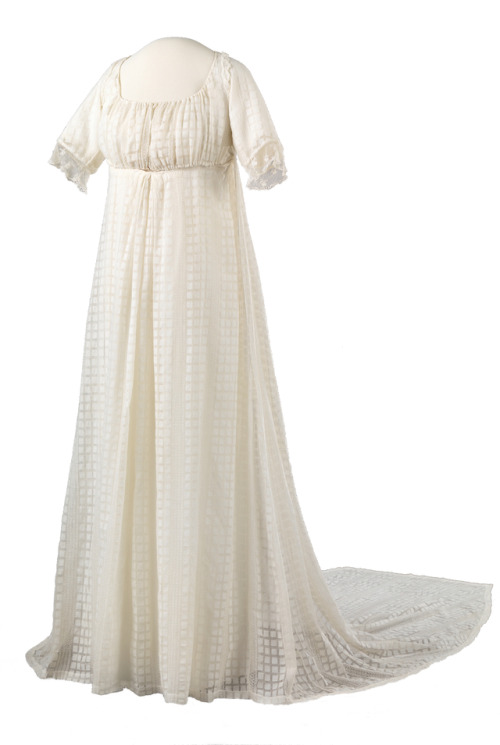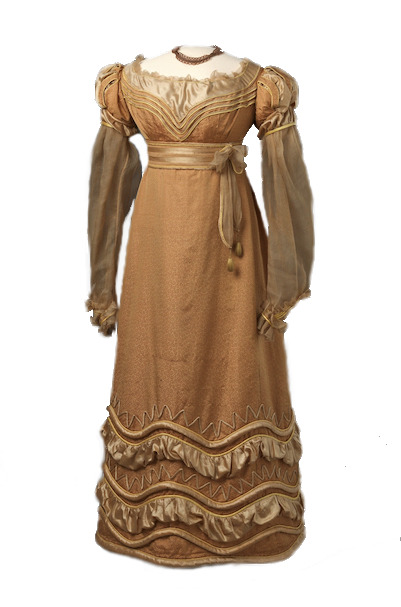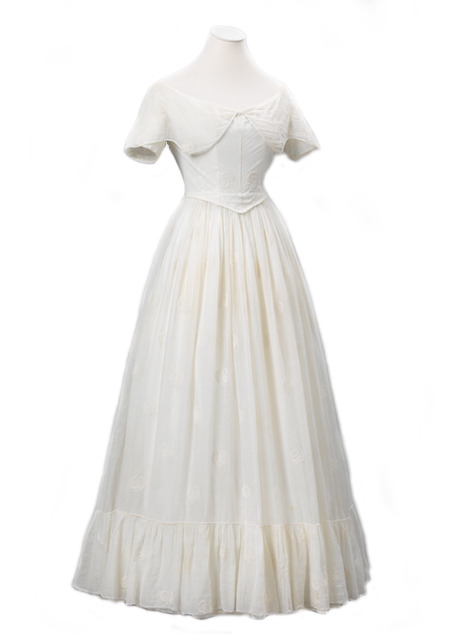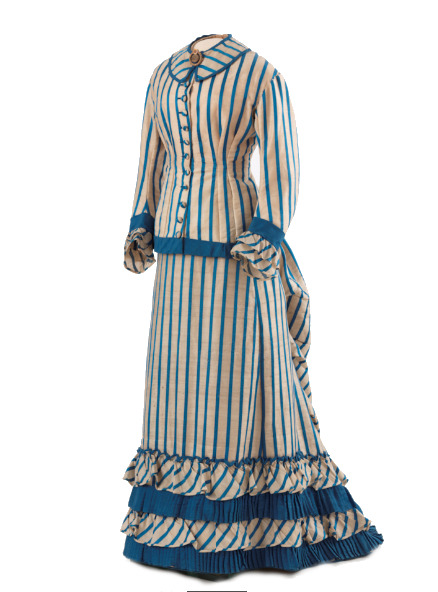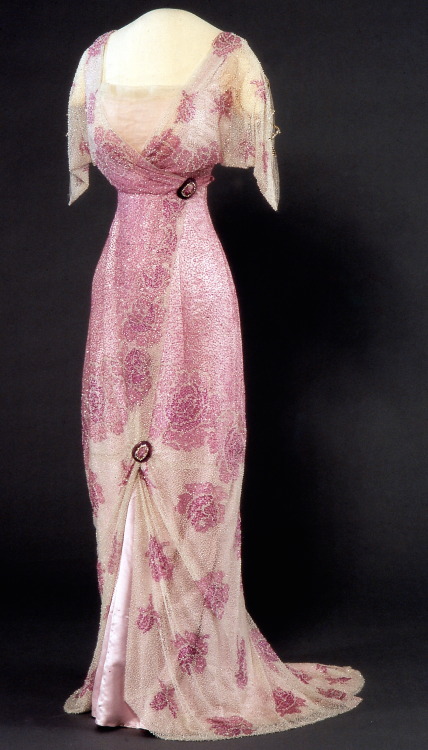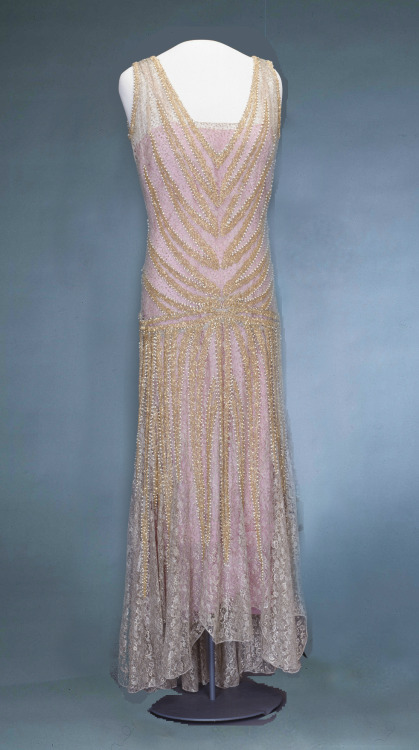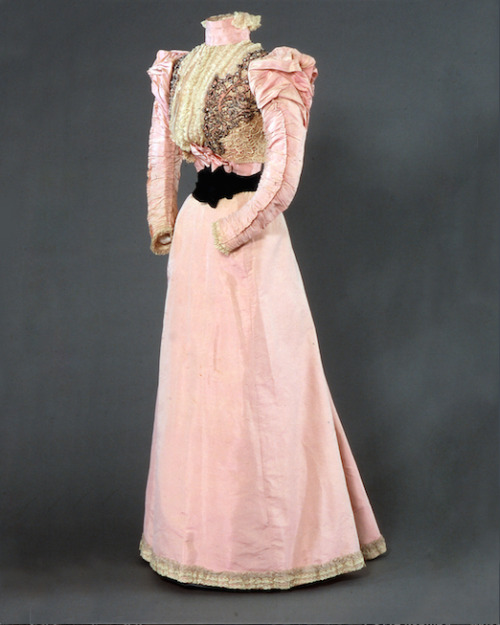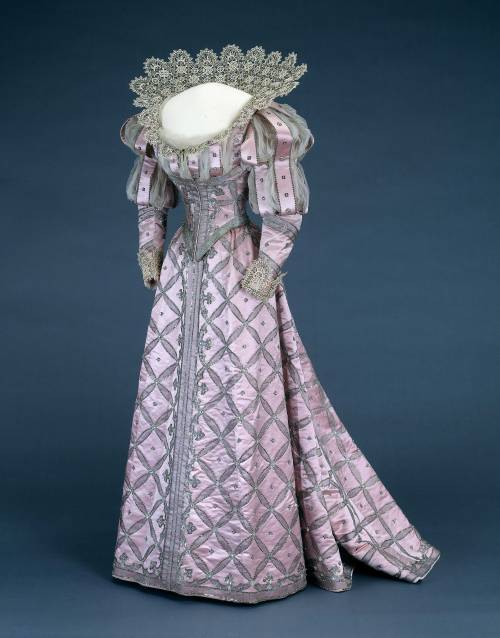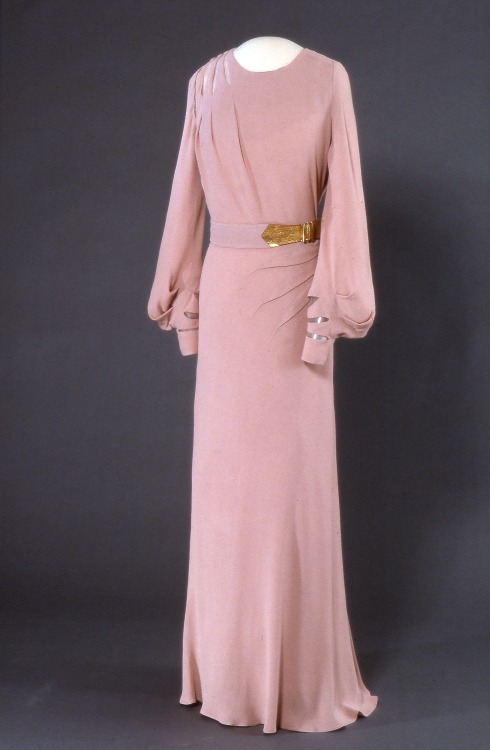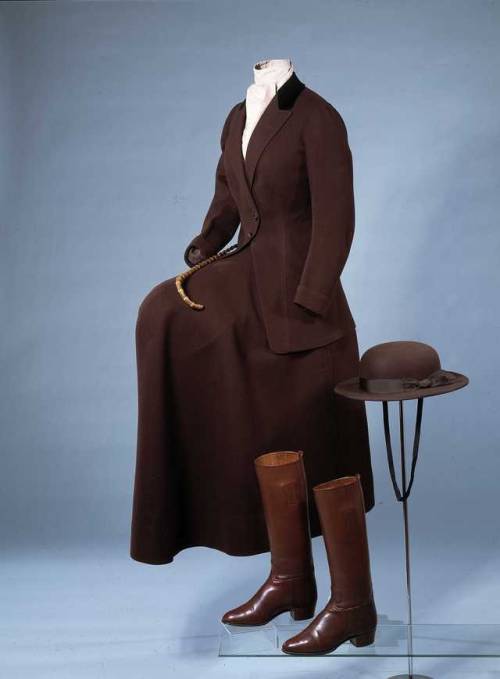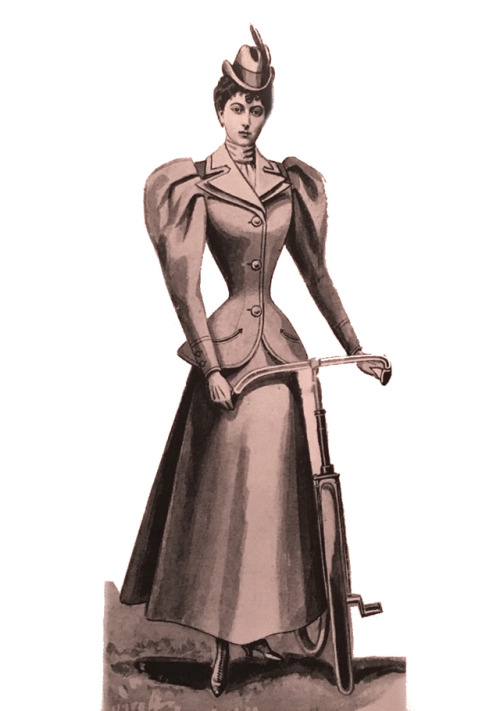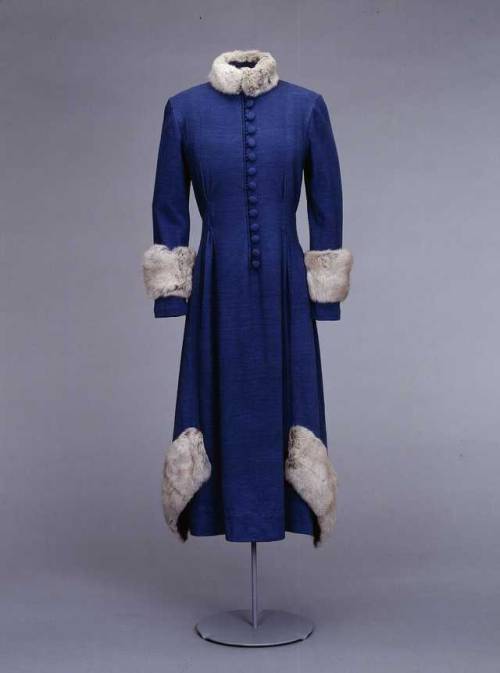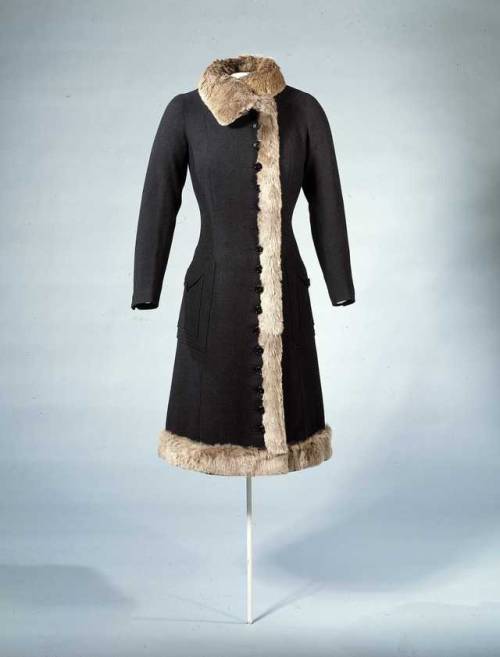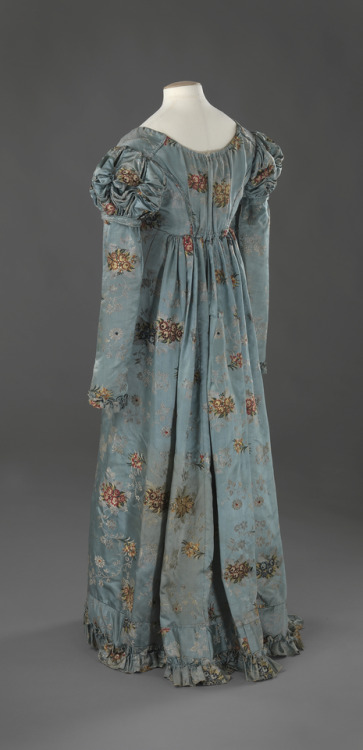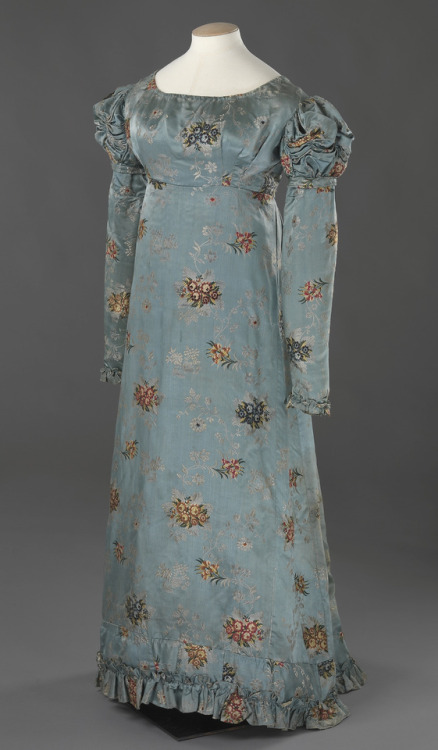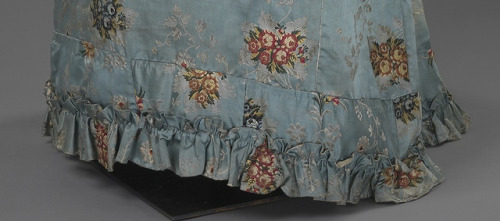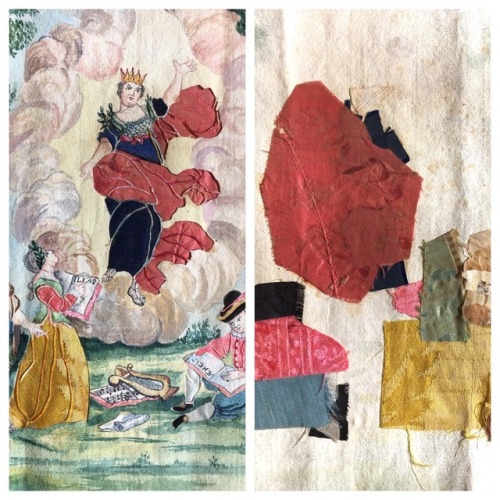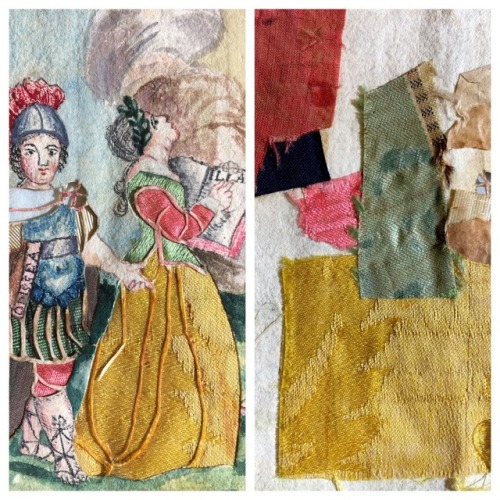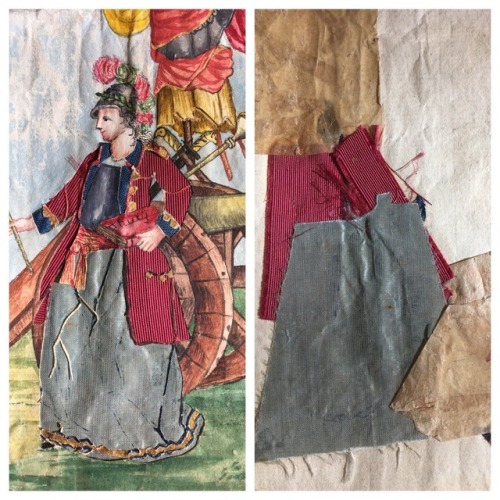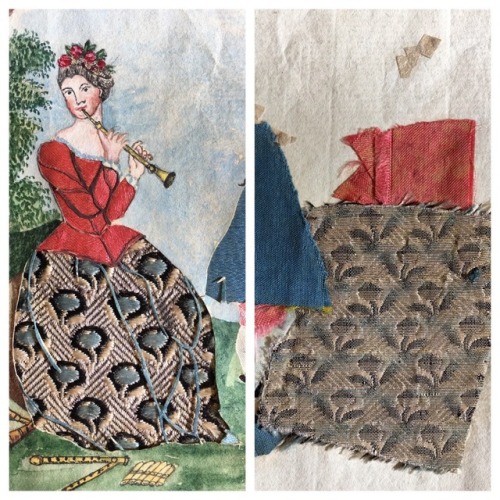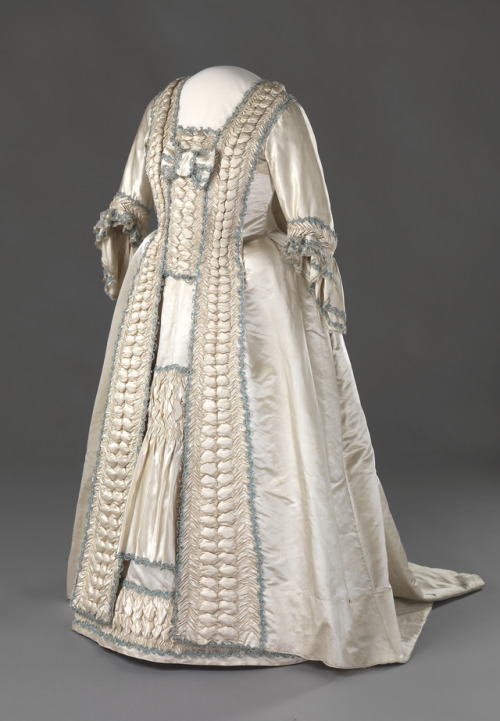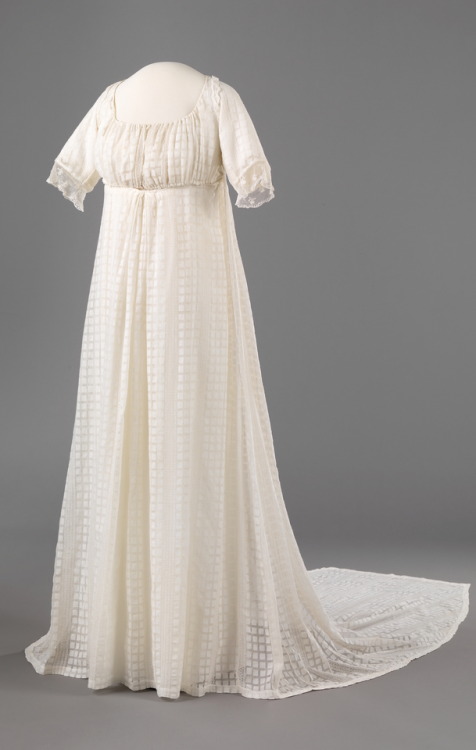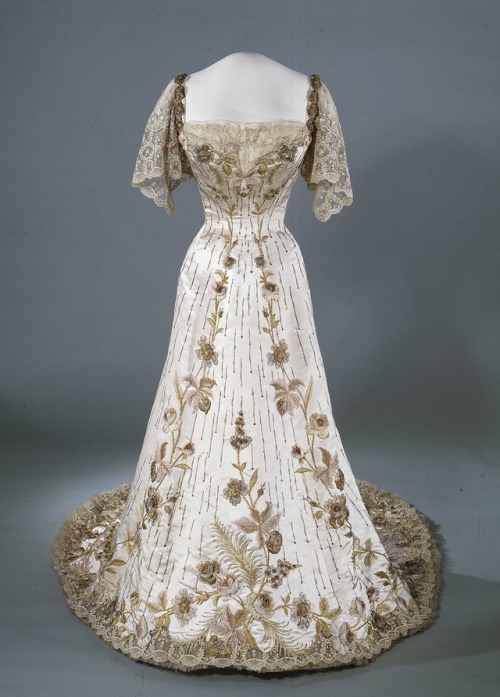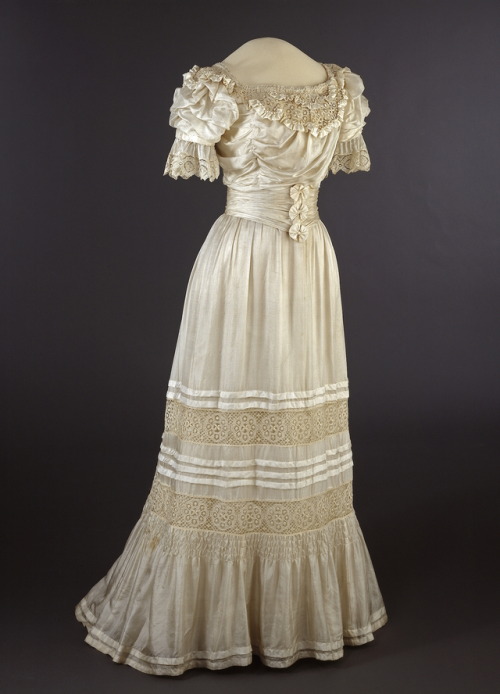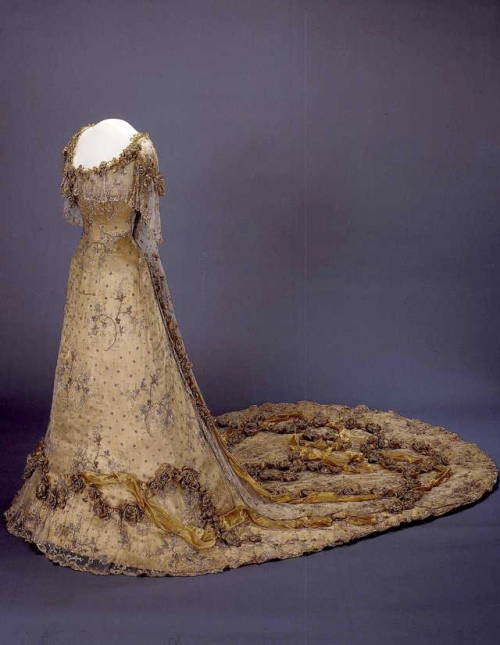#kunstindustrimuseet
Evolution in women’s fashion in Europe, 1770s to 1910s
All attires from The National Museum in Oslo
Post link
Queen Maud + pink
Of the wardrobe today in The National Museum in Oslo, a predominantely large part of the dresses are pink. It’s said to have been Queen Maud’d favourite colour, especially the more beige dominated borderlining “deadleaf”, the big hit colour of the 1930s. Pink is present in her wedding trousseau, in her exquisite 1897 fancy dress, in day dresses and in gala gowns. Here’s some favourites (all in the care of The National Museum in Oslo).
Post link
Queen Maud + sports
When then Princess Maud of Wales married in 1896, her trousseau (I.E. her new wardrobe) was discussed in detail in the press. Some magazines was surprised by the amount of “sportswear” and the lack of grand robes, especially considering her mother Alexandra being one of the absolute fashion icons of the time, and she was known for a more opulent style.
The love for sports would be vital in Queen Maud’s life. She was one of the first of the British royal family to ride a bike in public, and she loved riding, skating and tennis. When she became the queen of Norway in 1906, she immediately learned skiing, toboganning and other winter sports. When staying at the royal winter residence, she usually went skiing twice a day.
But for all these activities she used skirts, and always rode side-saddle. Not until the 1930s does skiing trousers appear in her wardrobe. She was surprisingly fit and muscular due to her active lifestyle, and can be seen in many a sleeveless gala gown in the 1930s - she was then well into her 60s.
From top left:
- Riding attire for side saddle, 1920-26. Made by Busvine & Co ( X)
- Queen Maud riding at Bygdø in Oslo, 1910-15
- Riding attire for side saddle, early 1920s. Made by Busvine & Co ( X)
- Description of Maud’s trousseau from “The Queen, 1896
- Then princess Maud, newly wed, biking at Sandringham, 1896
- Sports suit, 1896, part of Maud’s trousseau. Made by Vernon ( X)
- Knitted wool coat trimmed with fur, ca. 1920 ( X)
- Queen Maud skiing in Oslo, 1927-35 sometime
- Wool coat trimmed with fur, late 1920s ( X)
As a bonus: here’s Queen Maud’s ice skates and roller skates from around 1900. They’re essentially sports boots with a separate metal bottom screwed or strapped on the boots. And yeah, high heels were essential.

Post link
Silk brocade dress from the 1820s
If looking closer, it becomes clear the hem is a patchwork of scraps, though the flower pattern appears fairly continued. This dress is an example of rich 18th century silk brocades being re-used in a later century and for a new fashion. Although light cotton fabrics are the “typical” look of a Regency dress, a fine silk like this would definitely have been appreciated, and it has been utilized in the best possible manner.
I suspect the ruffle on the hem and the sleeves is original pieces from the previous garment. But other details, like the skillfully tabbed and puffed sleeves, looks like a brand new detail.
From The National Museum in Oslo (OK-07407)
Post link
At work I came across these papercut/aquarelle artworks from 1773-75.
What I loved about them wasn’t necessarily the depicted muses, or the style of the painting. It was the cutout areas, which had been filled with scraps of fabrics on the reverse. The scraps showed traces of seams, selvages and reverse fabric sides. Looks like re-used garment pieces, or maybe cut-offs. For a dress historian this is HIGHLY interesting!
The motifs shows Calliope (top), Clio (bottom left) and Euterpe (bottom right). There is also a Melpomene in the collection; the rest of the muses are alas missing. The artist is unknown, but the backside shows a signature AMM, and various months written in English, plus years ranging from 1773-75. So by all accounts English origin. You can see the full motifs here:
http://samling.nasjonalmuseet.no/no/object/OK-17260
Post link
White gowns from The National Museum in Oslo
- Robe a la Francaise, 1779
- Crinoline gown, originally from 1770-90, remodeled 1840s
- Robe a la Francaise, 1780-90
- Regency gown, 1795-1805
- Regency gown, 1809
- Evening dress for a young girl, 1840s
- Gala gown worn by Queen Maud, early 1900s
- Silk dress made by Steen & Strøm, 1906
- Gala gown worn by Queen Maud, 1912
Post link
Left:Queen Maud’s coronation soirée dress, 1906. Made of gold lamé covered with gold lace, and decorated with diamanté, pearls and garlands of silk roses and leafs. The gala gown was made by Morin-Blossier in Paris ( X)
Right:The magazine L’Art et la Mode describing what Queen Maud wore under a state visit to France in June 1907. The golden Morrin-Blossier dress was worn for a dinner event at Elysée, and it looks like she also wore silk gloves, a metallic choker and a feather ornament in her hair. This depiction shows the dress in its original state; with puffed sleeves, while the current dress shows a lighter lace drape. This is a later alternation. The golden Morin-Blossier dress is described as follows:
“Pour le diner a l'Elysée. Robe fourreau en drap d'or, recouverte de dentelle dans le ton; teintée d'or et rebrodée de perles et briliants. Guirlande très en relief de roses de differents ors“
(For dinner at the Elysée. Fitted dress of a golden fabric, covered with matching gold lace and embroidered with pearls and briliants. Very raised garland of roses of different gold shades)
Post link

